Swim down the Ohio River, cycle past horse farms, and run through the heart of downtown Louisville. What’s not to love about racing IRONMAN 70.3 Louisville?
This race offers a scenic course with its own mix of challenges, from hill climbs to hot weather. When we raced in 2025, we even got the chance to compete alongside numerous professional triathletes, which gave an extra edge of competition.
We chose Louisville 70.3 to cap off our summer racing series before preparing for IRONMAN Florida in November. Following the race, we turned our stay into a “race-cation.” After all, what better way to celebrate than with bourbon?! Touring the distilleries along the Kentucky Bourbon Trail made for a fun few days following the race.
With that being said, here is our race report for IRONMAN 70.3 Louisville.
About IRONMAN 70.3 Louisville
Louisville 70.3 is held in mid-August in Louisville, Kentucky. Expect a hot and humid race, with an average high temperature of 89 °F (31 °C). We recommend getting your heat training in beforehand, as the weather was no joke on race weekend.
This course is great for weaker swimmers and strong runners who can handle heat and hills.
Louisville 70.3 starts with a 1.2-mile downriver swim along the Ohio River. Water temperature is historically 82°F (for us, it was 86 °F), so leave your wetsuit at home. You can also expect a slight current, although this really depends on the day.
Enjoy a rolling 57-mile bike ride past scenic farmland with a few larger hills.
End your race with a hot and hilly 13.6-mile run, with dramatic climbs that tax tired legs, before crossing the finish line in downtown Louisville at the energetic 4th Street Live.
If you’re a fan of Bourbon, Louisville makes for a great race destination. Celebrate your achievement with a few days along the Kentucky Bourbon Trail, visiting large and small batch distilleries in and around Louisville, Lexington, and Bardstown. We spent a few days after the race visiting numerous small batch distilleries, marking our third time along the Kentucky Bourbon Trail.
Historical Weather Data
2025: High Temperature: 93°F (Heat Index: 102°F); Low Temperature: 75°F; Wind: 10 mph; Water Temperature: 86°F
2024: High Temperature: 90°F; Low Temperature: 72°F; Water Temperature: 82°F
2023: High Temperature: 83°F; Low Temperature: 66°F; Water Temperature: No data
Pre-Race in Louisville
We arrived in Louisville on Thursday evening, three days before Sunday race day. We wanted to enjoy walking through downtown Louisville before waves of athletes arrived in town, and we also wanted to be one of the first to check in for the race.
We stayed in Hotel Distil, a 4-star hotel in downtown Louisville that was also only a 5-minute walk from transition. We loved having easy access to the Ironman village and restaurants within the city, and our stay was comfortable.
Midday Friday, we made our way down to the Ironman village to check in. Since we were one of the first athletes, we were able to claim a lower race number along with a better spot in transition, closer to the bike exit.
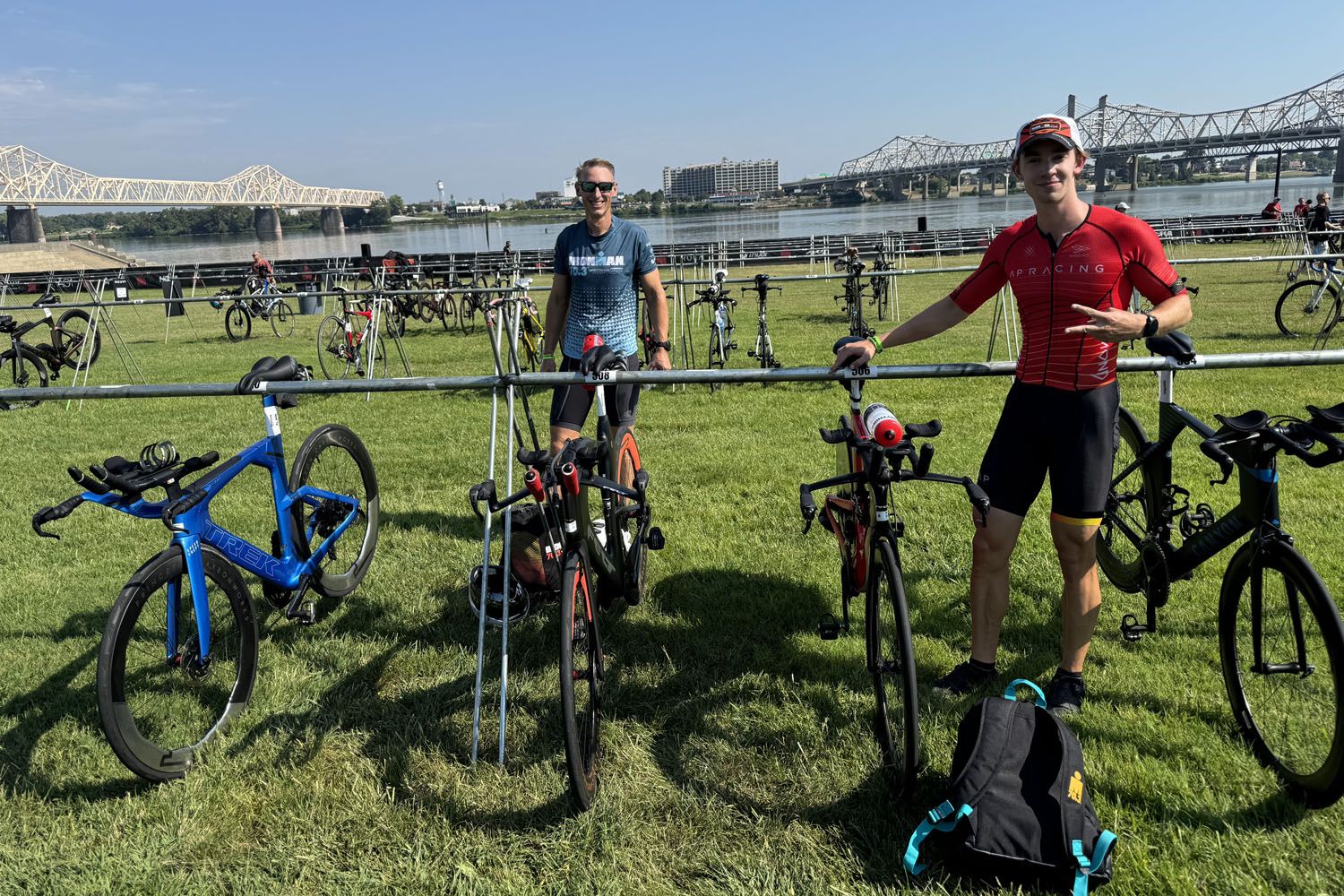

The transition area
The following day, we racked our bikes in the blistering heat. The sun was beating down hard, and we were drenched just standing in transition. We weren’t even exercising yet! We began to worry about how race day was going to feel, as the weather was projected to be just as hot.
As we were walking our bikes through transition, we heard a loud “POP” off in the distance. It sounded like someone had fired off a gun. We later learned that an athlete’s bike tire had exploded due to the heat, with the air in the tire expanding past its breaking point. We made sure to lower our tire pressure to ensure our tires didn’t suffer the same fate.
We weren’t able to complete a practice swim as there is no practice swim area for this race, so I opted to get a few short bike rides in on Friday and Saturday. I was energized, well-rested, and my body felt strong. I was ready to get after it on race day!
IRONMAN 70.3 Louisville Race Report
Julie, Tim, and I all raced Louisville in 2025. This is my (Tyler’s) race report but you’ll see photos of all three us throughout this post.
The Swim: 1.2 Miles
After a night of restless sleep, I jolted awake to the opening guitar riff of Motley Crue’s “Kickstart My Heart” blasting from my phone. Nothing like a sudden jolt of adrenaline to get you moving in the morning. I scarfed down a light breakfast consisting of a bagel and a banana, finished packing my gear, and made the short 5-minute walk to transition.
While I set up my transition area, laying out my race gear and making last-minute checks to my bike, I started to fight the inevitable pre-race nerves. I was ready to go, but I was worried about how the weather would hold up later in the day. A hot and humid run was the last thing I wanted to worry about.
The Louisville 70.3 swim starts a mile upstream of transition. Athletes can either walk or take the shuttle buses to the swim start. We chose the shuttles. There were a half dozen of them in constant motion between swim start and transition, and we boarded the first shuttle to the swim start.
We were given a morning bag to hold anything we’d need while waiting around at the swim start. That meant we could put shoes, sunscreen bottles, and any leftover food in the bag and drop it at the shuttle stop. We would reclaim these bags after finishing the race, near the finish line.
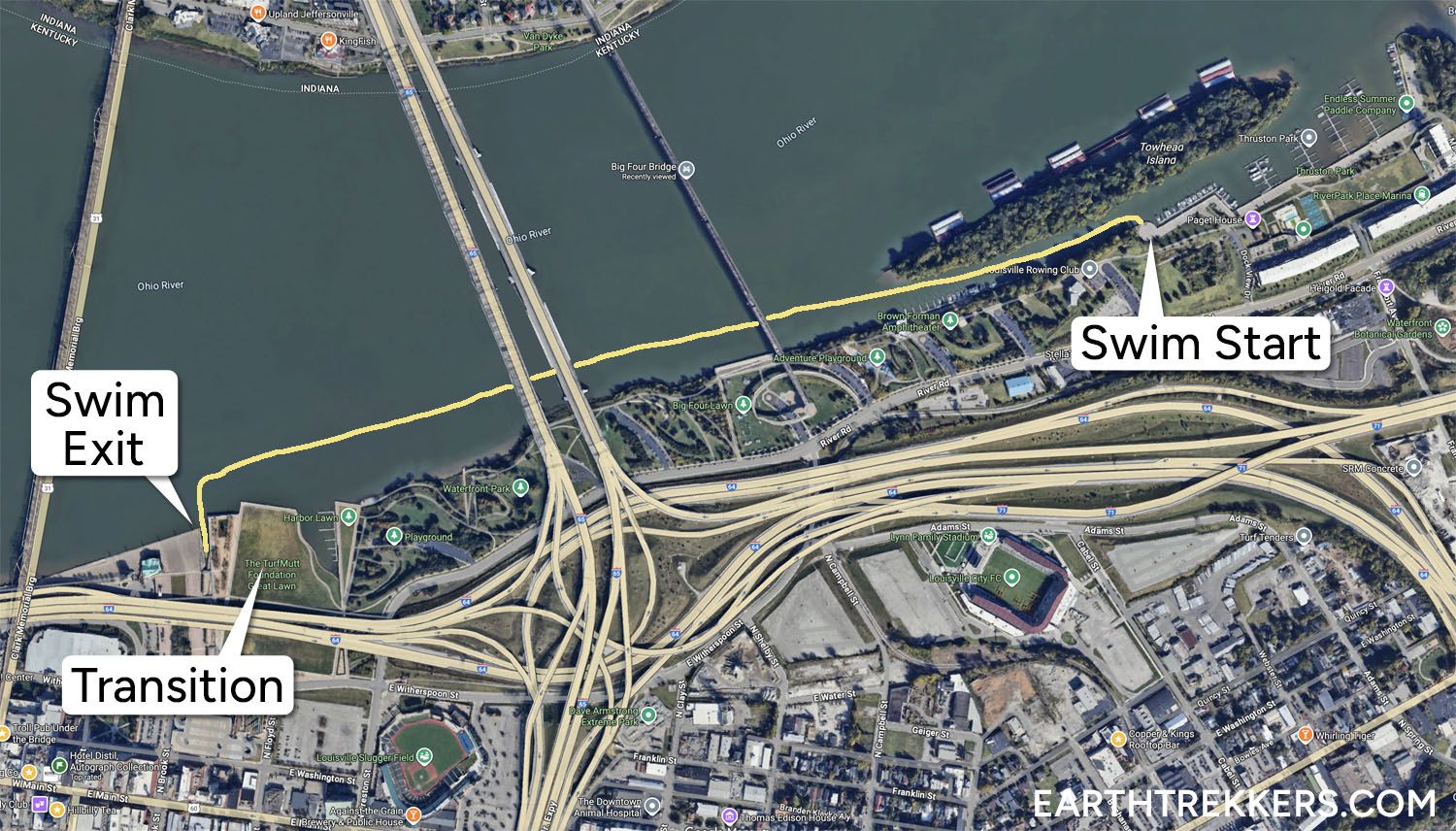
We got to the swim start early to secure a good spot within the starting chute, which was self-seeded. The chute is long, narrow, and fenced off, so if you showed up late, you’d have to push through the masses to start up front.
It was a long, hot wait in the starting chute. Temperatures were already starting to rise, and all the athletes were packed together like sardines. It’s not like jumping into the water was going to be refreshing either, as the water temperature was 86 degrees. No wetsuits today!
As soon as I hit the water I was relaxed and in my element. The water was like glass, a polar opposite to the choppy swells of the Musselman 70.3 race we swam in the month prior. I found my rhythm early on and never had any issues with other swimmers. For me, it was a calm and fast swim, and it was also a straight shot down to transition, so I didn’t have to sight as often. You even swim under a few massive bridges, which was a bit intimidating as you looked up to breathe.
There was a minor current which helped me crush the swim. I came out of the water at 32 minutes, a huge PR for me by over 3 minutes, and about 8 minutes faster than I was expecting to swim. I felt great, putting in a good effort on the swim but saving plenty of energy for the bike and run. Talk about a great start to the day!

This ended up being one of my favorite swims in any race I’d done. The slight current downriver, the straight shot to transition, and the calm waters made this much less stressful than other swims. For beginner swimmers, this is an excellent course.
The only downside of the swim in 2025 was the hot water temperatures. We all felt a little overheated exiting the swim, so our body temps were elevated, even before getting on the bike. Today’s race was all about battling the heat.
T1
Expect long transitions at this race. After climbing the short ladder onto the dock, dazed and confused, it’s a long run into the transition area.
The whole path into transition is either over grass or padded carpet, which makes it easy on the feet. That’s not to say my heart rate wasn’t spiking from the quick sprint I threw in to reach my bike.
The Bike: 57 Miles
If I had to describe the Louisville 70.3 bike course with one word, it would be “entertaining”. From flat segments by the water, to rolling hills past horse farms and a few steep climbs, the course was constantly changing and always gave you something to focus on.

The bike course forms a lollipop. From transition, you ride out into the countryside, complete a 16-mile loop, and return on the route you took out. I liked being able to ride the same part of the course twice, as I was able to plan where to push the pace, and the sense of familiarity helped me feel more relaxed.
The first 10 miles are flat, which is a great chance to warm up into things and get some good speed early on. Mentally, I was ready to go, and coming off that fast swim, I wanted to push it even harder on the bike to keep the momentum. I still had to force myself to hold back a little, but my body would thank me for it later.
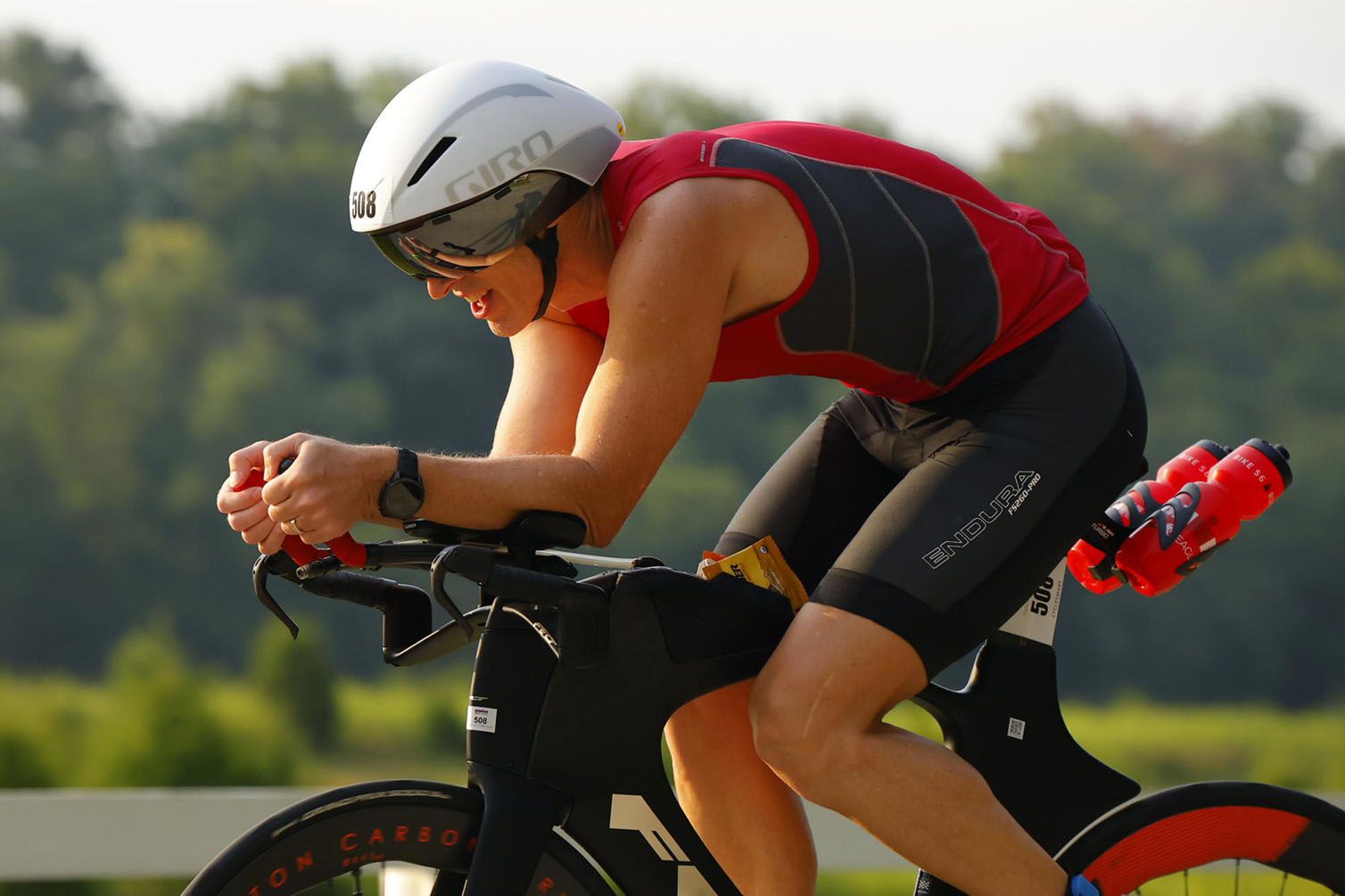
At mile 10, it’s time to start climbing. Apart from a handful of larger climbs, on many of the hills you could use your momentum from a downhill to carry you up most of the way up the next hill. Throwing in short, high-power spurts as I crested the hill allowed me to maintain speed and pass other athletes who were slowing down.
Around the halfway point on the bike, I started to feel a bit nauseous. Eating a gel would upset my stomach, I felt weaker, and I had an underlying sense of brain fog.
The heat was starting to get to me. Although the morning temperature wasn’t too high, the combination of high humidity and physical effort, along with the warm swim that raised my body temperature, my body was not happy. The good thing was that, from this point onwards, it was an overall downhill back to Louisville so I could spend short periods to coast and refresh.

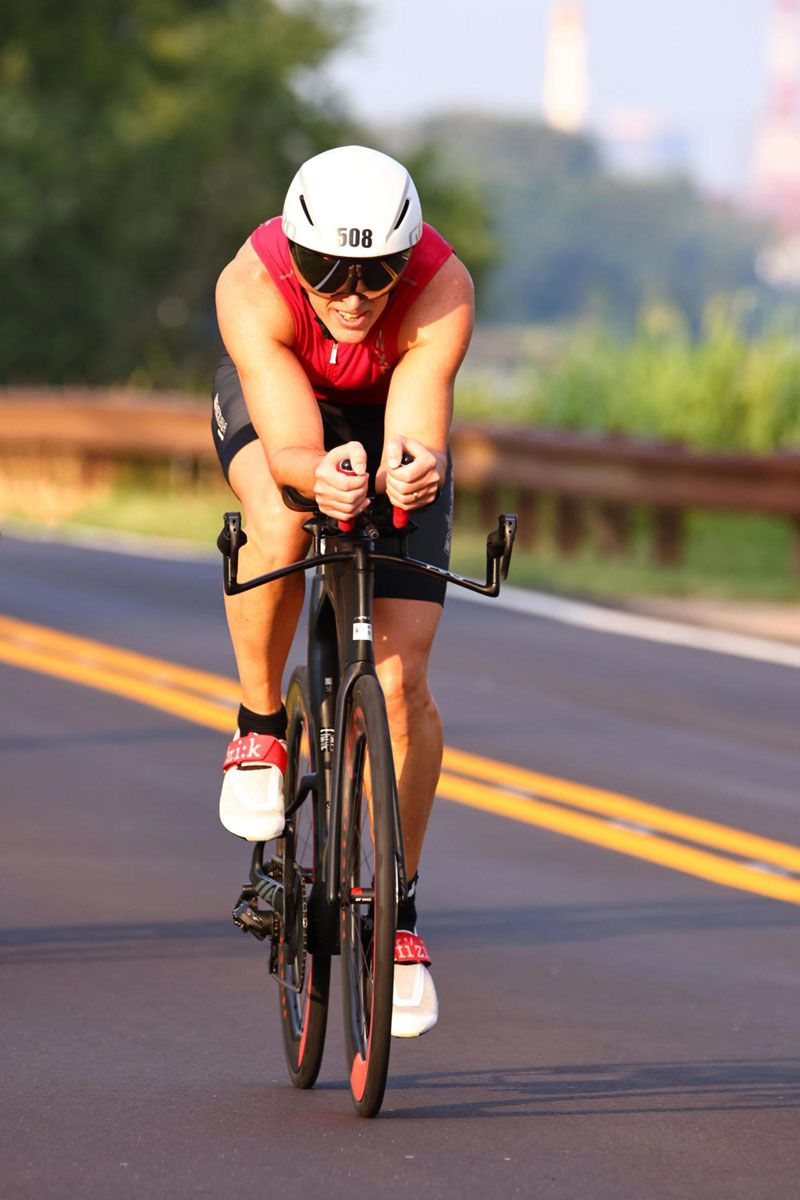
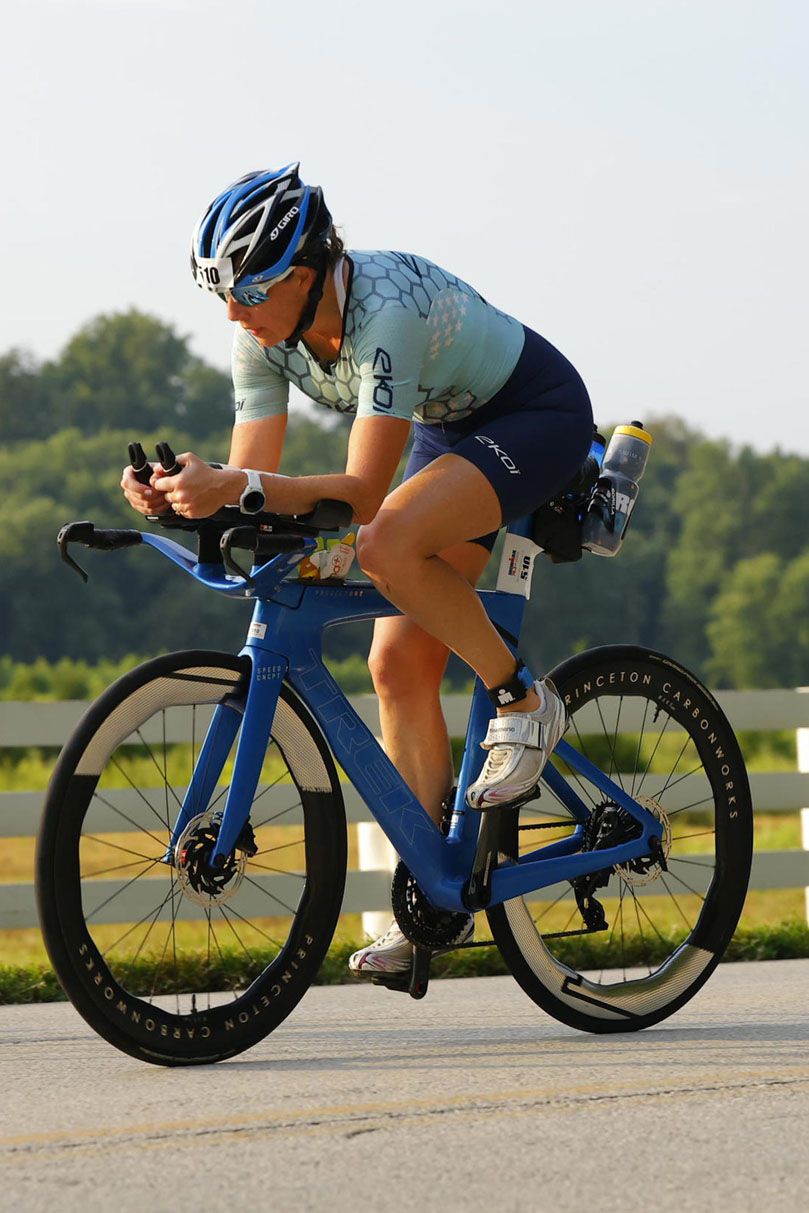
Coming into the 3rd and final aid station on the bike, I snagged an ice-cold water bottle (first try!) and doused myself with it. Instantly, I perked up. The splashes of cold water re-awakened my senses and I immediately felt stronger. My brain fog was gone too. Although trying to stomach a gel was still a challenge, this short boost of energy would be enough to get me back into transition in form.
T2
I reached transition at a bike split of 2 hours 27 minutes, almost exactly where I was aiming to finish. The bike course was an extra mile longer than the standard 56 miles, but I was in a good place for the run.
The transition chute is absurdly long, which doesn’t help when your body is tanked from coming off a hard, hot bike. The chute runs down and around the length of transition before finally entering on the far side. I then ran down the length of transition again, this time to reach my gear. Transition was totally empty. It was such an awesome feeling seeing what looked like only 20 bikes racked. That meant I was up with the top athletes! Time to bring it home on the run course.
The Run: 13.6 Miles
The heat, however, had other plans for me. As soon as I hit the run, I could tell the heat was draining me. Apart from my heart rate spiking to 200 bpm (a normal phenomenon for me), I felt extra fatigued and had very little focus. I told myself to relax the first few miles to get my head right, let my body settle into its pace, and warm my running legs up.
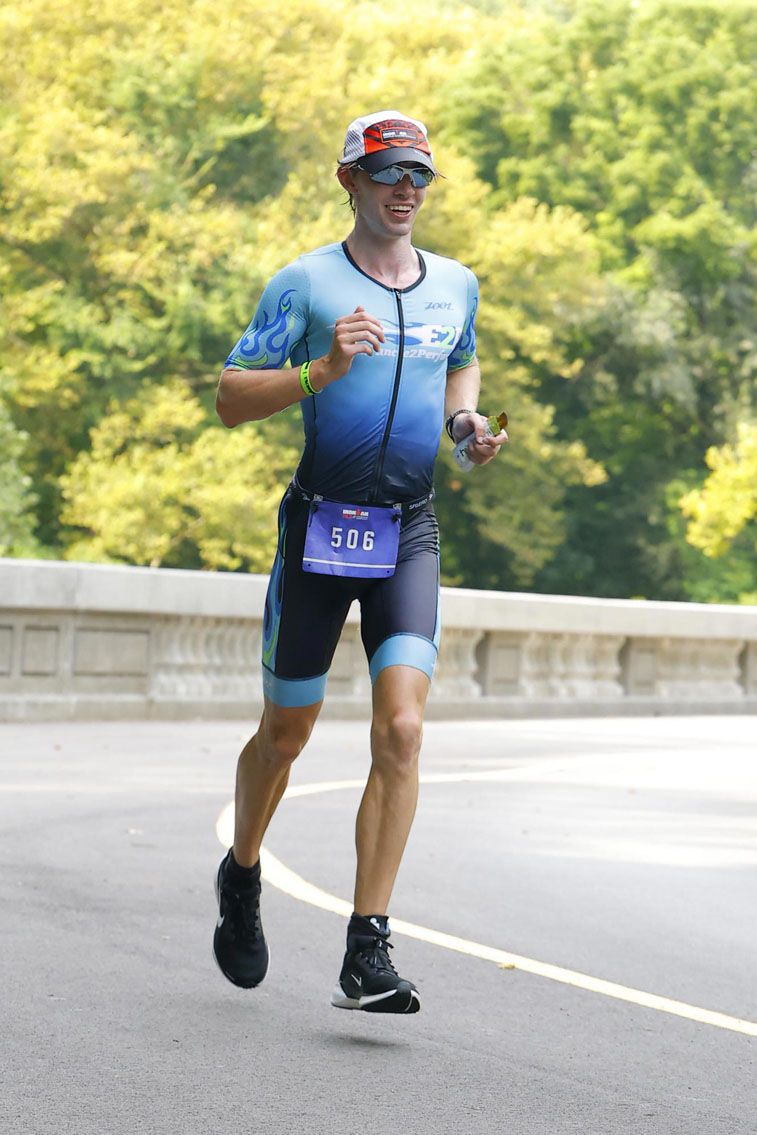
Even though I was moving slower, I was still up with a good group. I even got to see the top male pros on their return run home. It was awesome getting to watch these top athletes, some of whom I follow on social media, effortlessly stride along at a ridiculously fast pace. I was so excited to be where they were, with only two miles to the finish.
At mile three I entered Cherokee Park, where things got both easier and harder. Mentally, I was back in the race, and the park was completely shaded. However, for the next 6 miles, if I wasn’t running uphill, I was going downhill. Although not as hilly as what I’m used to training on back home, in the heat of the race these hills looked like monsters. I ran up each one and paid no mind to my pace. I knew I would be slow moving up these hills, but if I could keep running, it was a win. The downhills, however, I could fly down, letting gravity do all the work.
Looking back, the course doesn’t seem so hilly, but when you’re there mid-race, already fatigued from 3 hours of exercise, most of which was in hot conditions, even a slight incline becomes a challenge.
I conquered each aid station like a pro. I’d splash myself with a few cups of water, and dump ice into my hat and the pockets of my race kit. At a few of the aid stations they had rags drenched in ice water, which I’d drape around my neck and tuck into my uniform. All of this combined really helped me stay cool on the run. I was absolutely soaked!
Julie Here: The volunteers at the aid stations are awesome, dousing you with water, filling your race kit with ice, and making sure you get enough hydration and calories to keep moving. Thank you volunteers!!
Inevitably, all my strength wore off the last two miles. I was so close, but it felt so far. My pace had plummeted, the heat was starting to take its toll again, and I wanted to walk more times than I could count. As much as the inner voice in my head said “stop”, I kept pushing onwards.
The final stretch through downtown Louisville felt like it dragged on for an eternity. After what felt like hours, I finally made the turn onto 4th Street Live, the finish line opened in front of me, and a wave of relief and fresh energy swept over me.
The finish was packed. Hundreds of spectators lined the red carpet, with more watching from restaurants and bars. I could see myself on the Jumbotron ahead, confidently striding to the finish. I hyped up the crowd, high-fived everyone on the way down, and smiled for the camera.
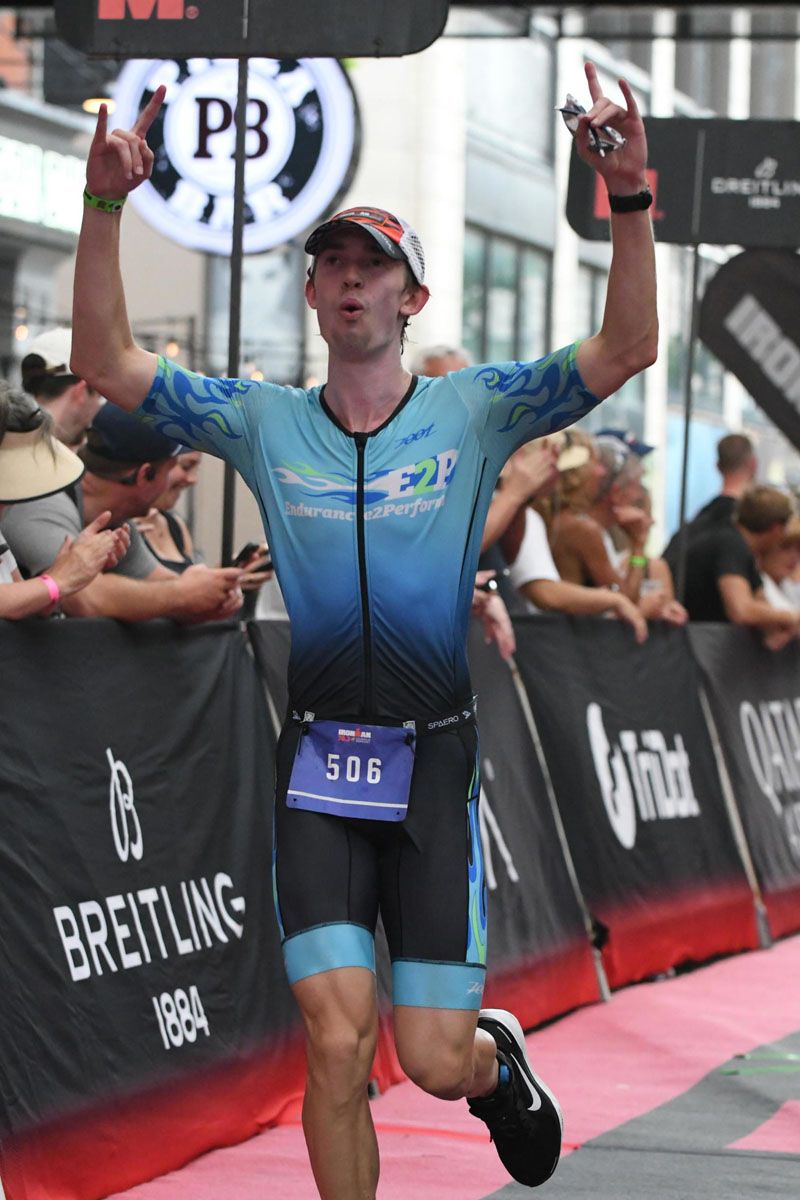

4 hours and 54 minutes was the finish time for the day. A huge swim PR and a strong bike set me up well, but the heat and hills tanked my run. I wasn’t able to end at the time I wanted, but I finished 6th in my age group out of 76 men, even beating a handful of professional females.
PRO TIP: Study the run course map the night before the race. It doesn’t look like a long run up 3rd street, but it feels like it is never going to end. Count the number of blocks so you know what to expect on race day, and that will make this part of the race a little bit easier. Enjoy that finish line…it’s one of the best we’ve experienced in North American triathlons.
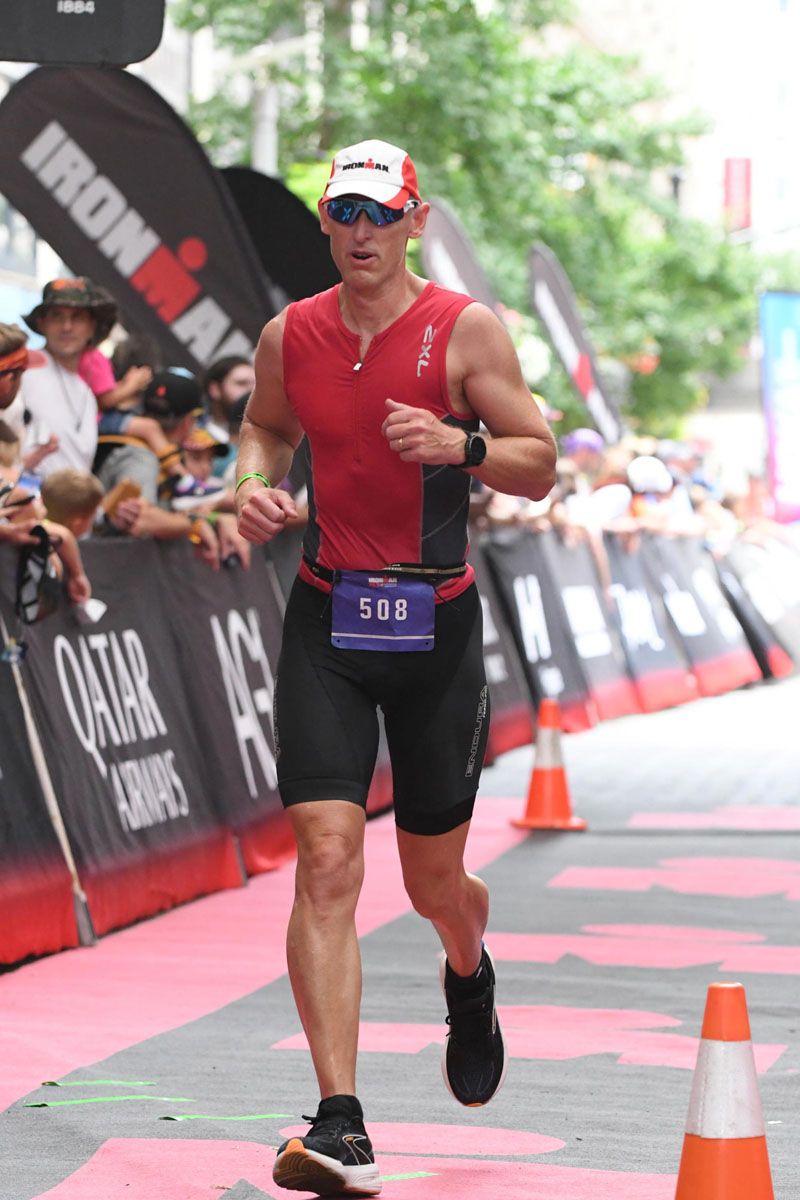
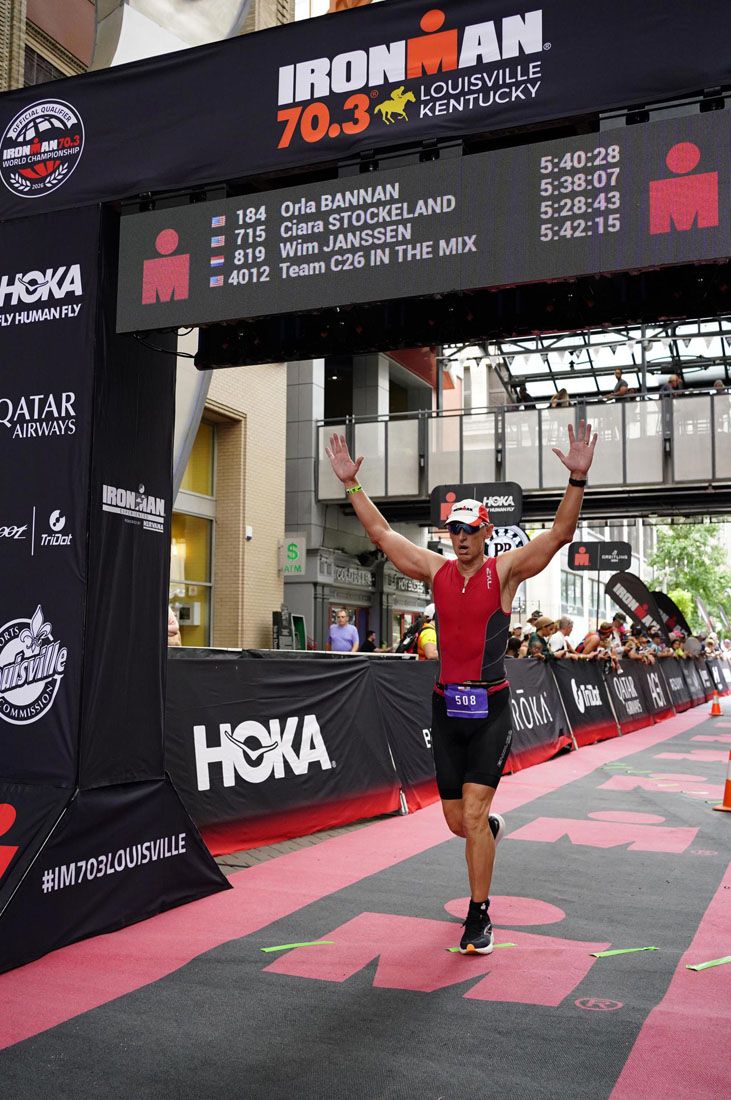


Louisville 70.3 Race Summary
This was a great race but it’s also very hot and humid. Louisville 70.3 is held in mid-August, with a historical high temperature of 89 °F (31 °C). We trained in Maryland heat for months, but the weather on race day was still a challenge. Arriving prepared will help you have a more enjoyable experience.
The volunteer support, especially during the run, was phenomenal. Every aid station was packed with cheerful volunteers who were more than happy to support all the athletes. We would have suffered without their help, and the race wouldn’t have been the same without them.
All in all, if you’re looking for a fun and scenic course but can bear the high temperatures, consider racing Louisville 70.3 next August!
Come for the race, stay for the bourbon.
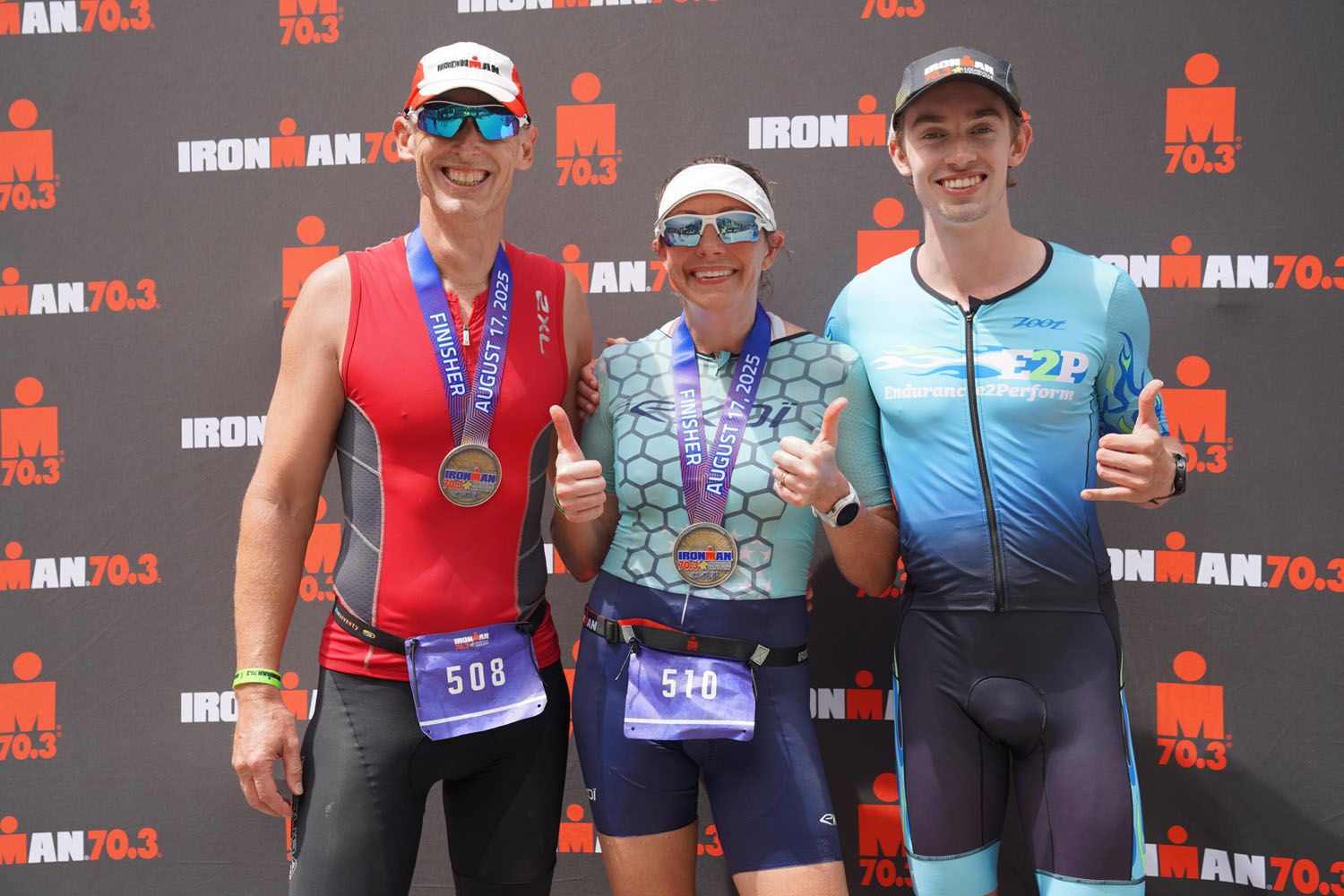
Things to Do in Louisville
We’ve traveled to Louisville several times in the past few years, mainly to spend some time on the legendary Kentucky Bourbon Trail. There are plenty of things to do in Louisville, from touring the distilleries, to visiting the Louisville Slugger Museum and the Muhammed Ali Center.
To plan your visit, take a look at our Things to Do in Louisville article and our Best Restaurants in Louisville.
12 Best Things to Do in Louisville, Kentucky
Louisville, Kentucky…the home of the Kentucky Derby, Kentucky Fried Chicken, and Louisville Slugger bats. Named after King Louis XVI of France, the city was founded in 1778 by George Rogers Clark. Muhammad Ali and Jennifer Lawrence were born and raised here. One third of all bourbon comes from Louisville. It’s home to several stops on […]
Louisville Restaurants: Best Eats in Town
Many people travel to Louisville to watch the Kentucky Derby or sip bourbon on the Kentucky Bourbon Trail. But did you know that Louisville makes an amazing spot for a food tour? In 2012, Louisville was the only city in the US to make Zagat’s list of “8 Awesome Foodie Getaways Around the World.” Tim […]
The Kentucky Bourbon Trail is a collection of sixty bourbon distilleries, located throughout Kentucky. On this trail are popular names like Maker’s Mark, Woodford Reserve, and Angel’s Envy, but there are also many smaller names that are a delight to visit.
Over our past few visits to Kentucky, we’ve managed to visit quite a few of these, and have detailed guides on the best distilleries on the Kentucky Bourbon Trail, and overview of how to visit the Kentucky Bourbon Trail, and how to plan your Kentucky Bourbon Trail itinerary.
Kentucky Bourbon Trail: The Ultimate Guide
Bourbon is booming right now and so is tourism in Kentucky. The Kentucky Bourbon Trail, a collection of sixty bourbon distilleries, is drawing hundreds of thousands of visitors every year. Touring the distilleries, learning about the origins of bourbon, and tasting lots and lots of bourbon whiskey is an excellent way to spend a long […]
Kentucky Bourbon Trail Itinerary – Suggestions for 1 Day to 1 Week
The Kentucky Bourbon Trail is a collection of bourbon distilleries located in and around Louisville. In 2024, the Kentucky Bourbon Trail merged with Kentucky Bourbon Craft Trail, bringing the grand total up to 46 distilleries. It would take weeks to visit all 46 distilleries, but it is much more doable to limit your time to […]
Best Distilleries to Visit on the Kentucky Bourbon Trail
The Kentucky Bourbon Trail is hot right now! With the increasing popularity of bourbon, tourism is up in Kentucky. What better way to learn about and sample bourbon than on the Kentucky Bourbon Trail? The Kentucky Bourbon Trail is a collection of 60 whiskey distilleries. All of these distilleries offer tours and tastings. On the […]
Where to Stay in Louisville
We stayed at Hotel Distil, a 4-star hotel that is located on Main Street. There is a lot we liked about this hotel, from its excellent location near some of the top restaurants and distilleries in Louisville, its close location to transition (about a 5 to 7 minute walk), and its modern vibe. The only downside, and this is very minor, is that the rooms are small, so fitting in two or more bikes in a room can be a bit of a challenge. But overall, we had a very positive experience and would stay here on a future visit to Louisville.
Other hotels that are located within walking distance of transition and get good reviews include:
- Cambria Hotel Louisville Downtown-Whiskey Row (mid-range hotel)
- Residence Inn Louisville Downtown (mid-range hotel)
- Moxy Louisville Downtown (mid-range hotel)
- Hotel Bourre Bonne Louisville, Curio Collection by Hilton (4-star hotel)
There are many other hotels to choose from in Louisville, but for us, staying near transition was a huge advantage of Hotel Distil. Not only does it save you time on the days you rack your bike and the morning of the race, but post-race it’s great to have a short walk back to your hotel with your bike.
Official Race Website
To register for the race, get detailed course information, and more, visit the official IRONMAN website.
If you have any questions about racing IRONMAN 70.3 Louisville or if you want to share your experience, let us know in the comment section below.

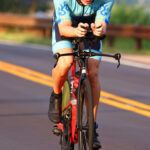
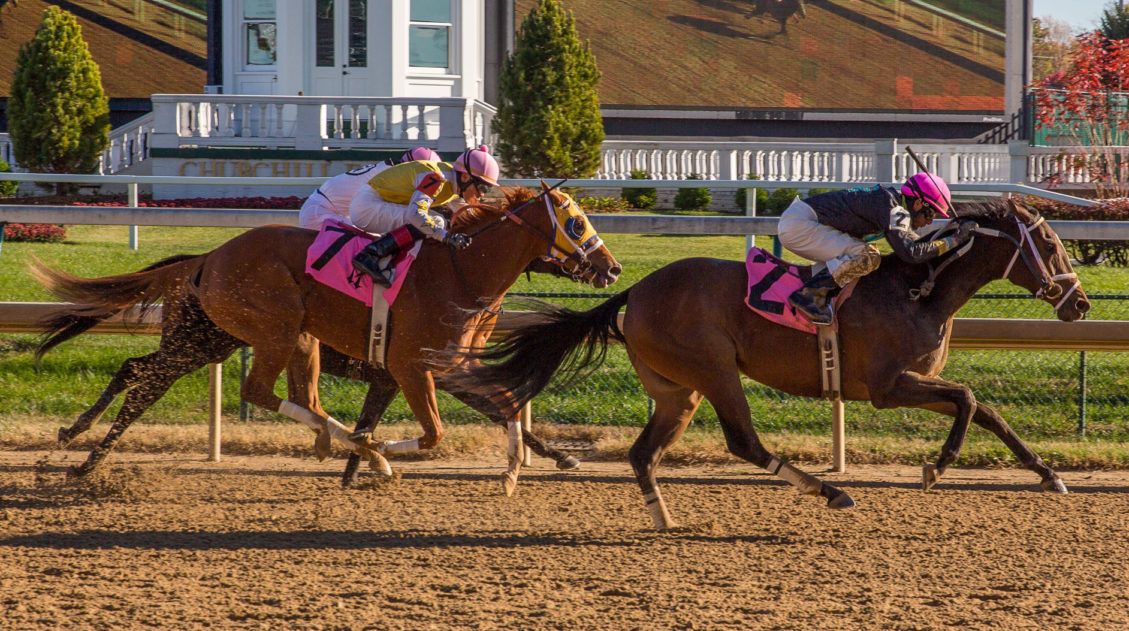
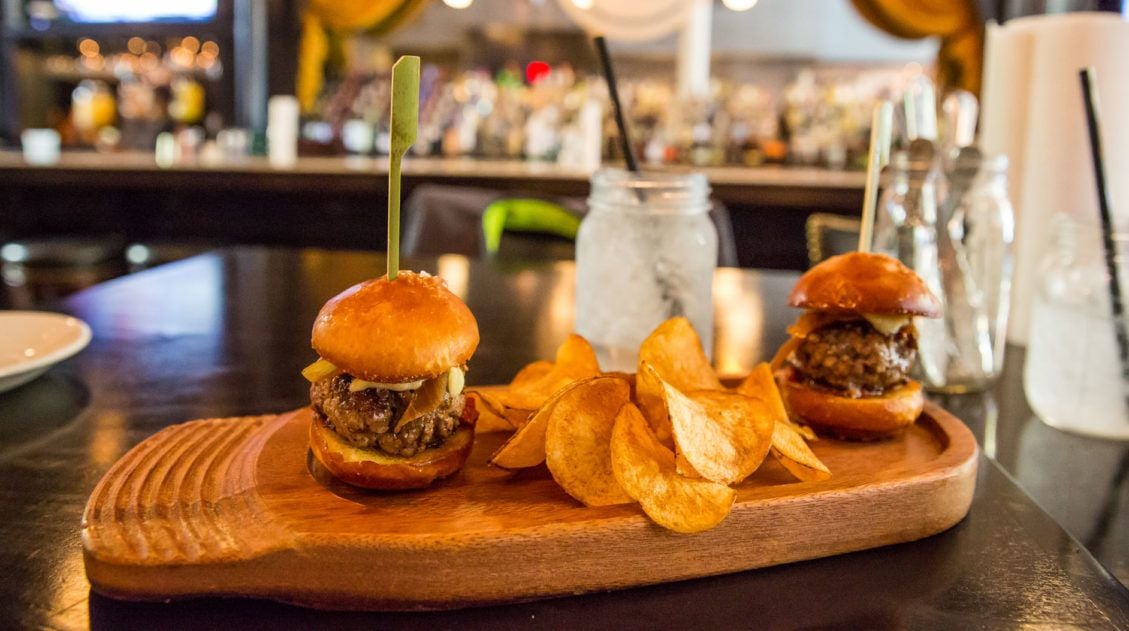

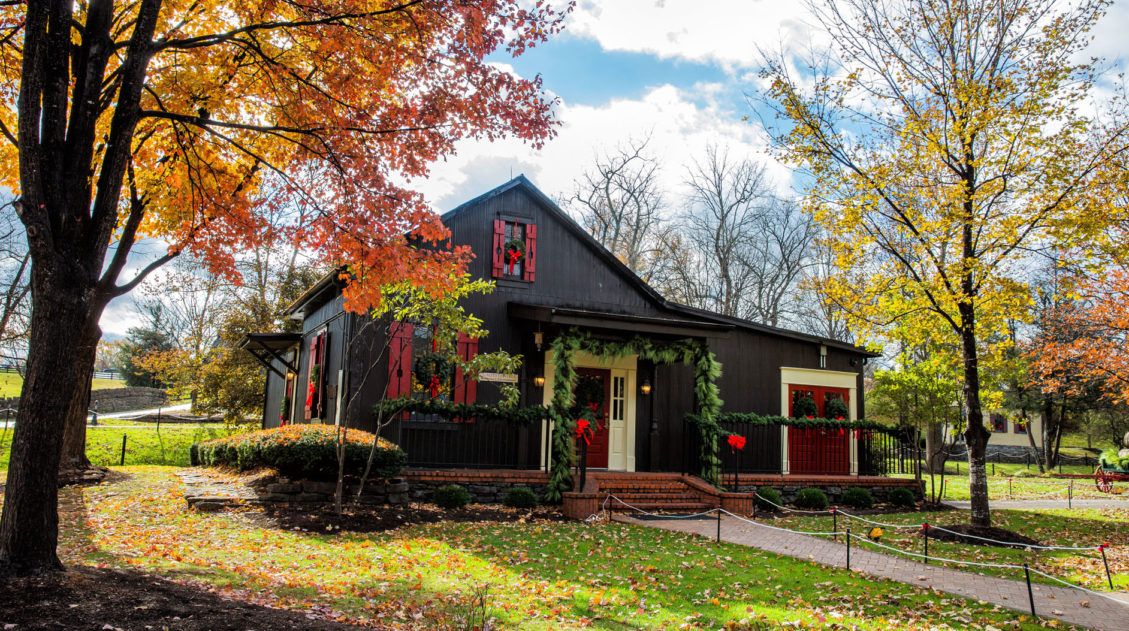
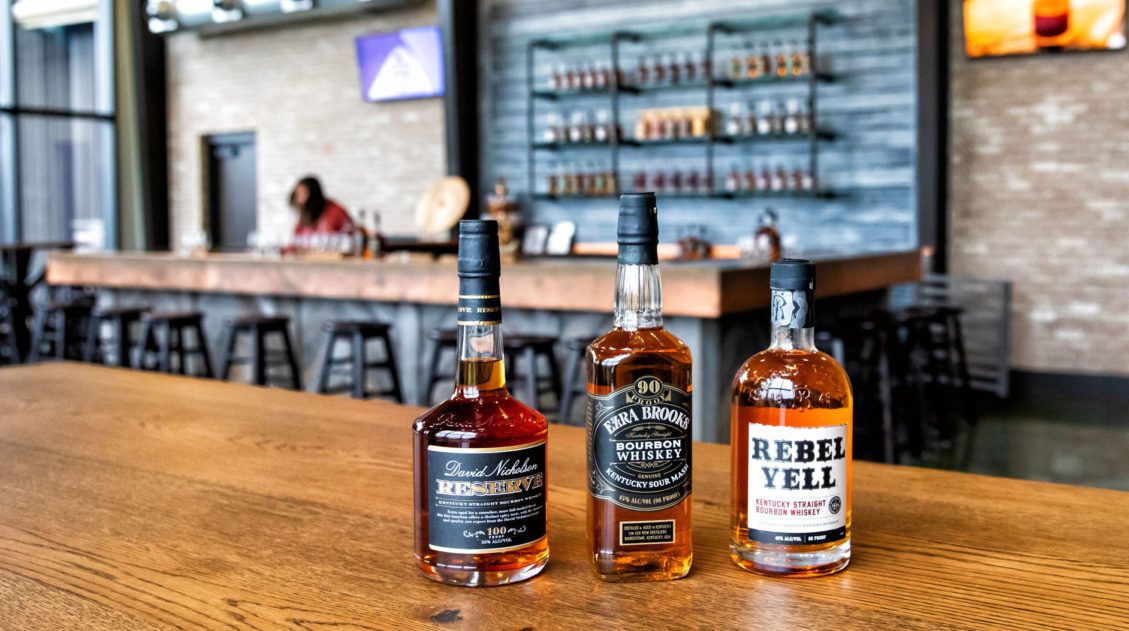
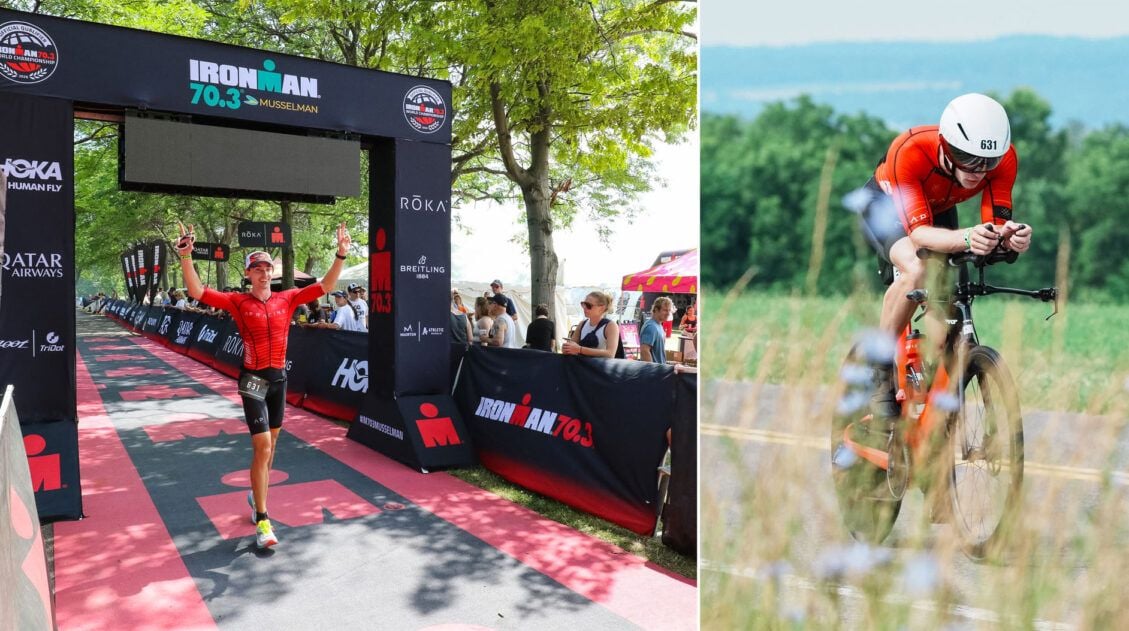
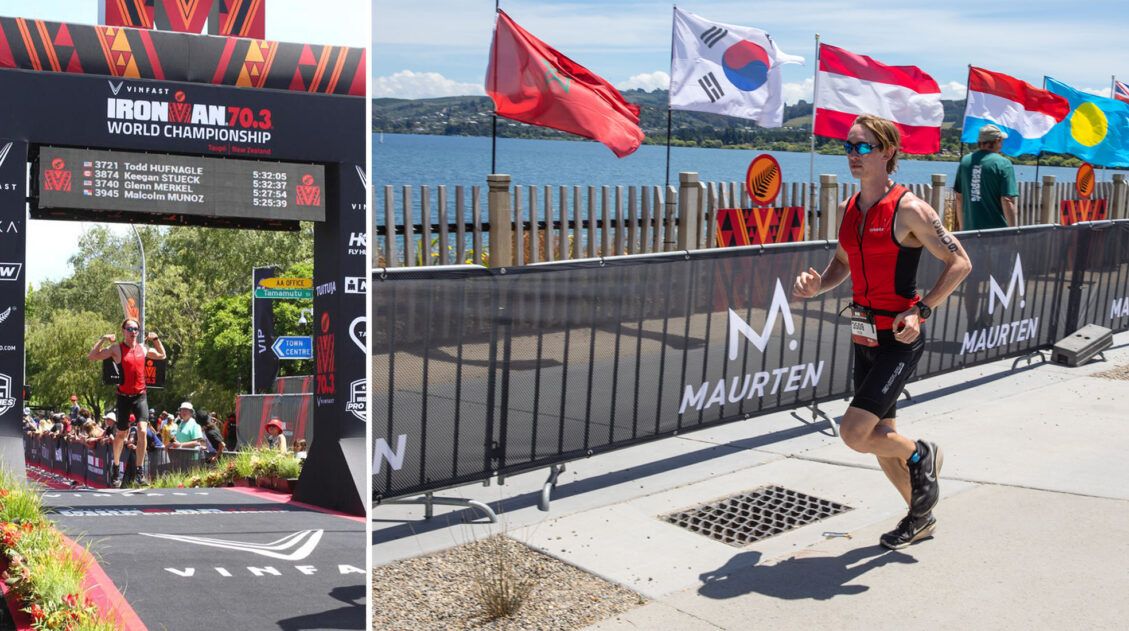

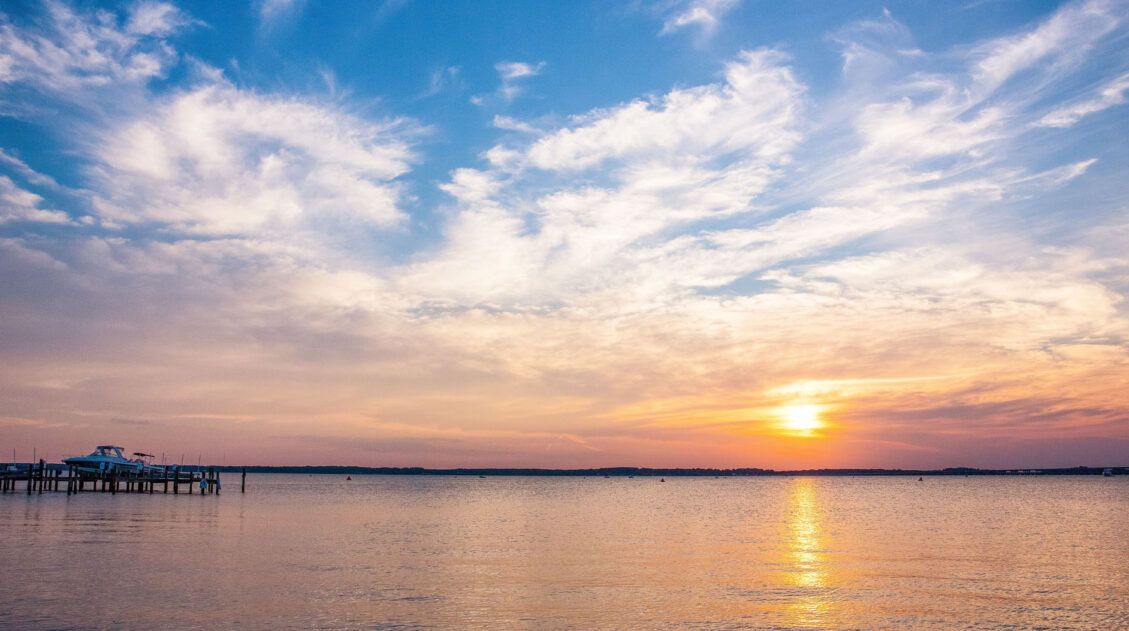

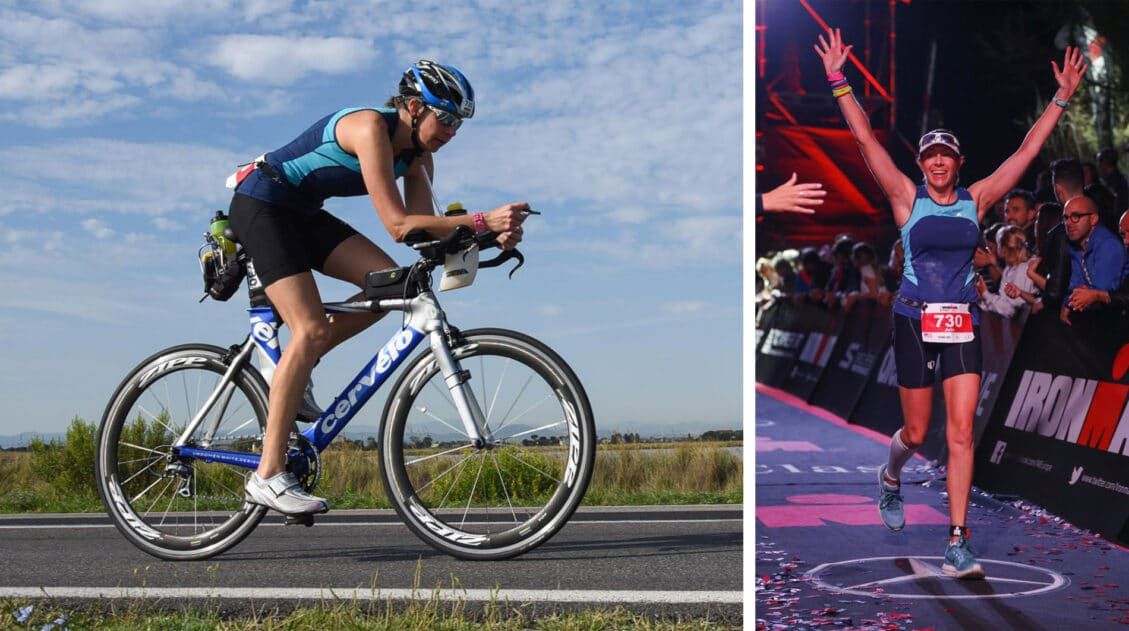

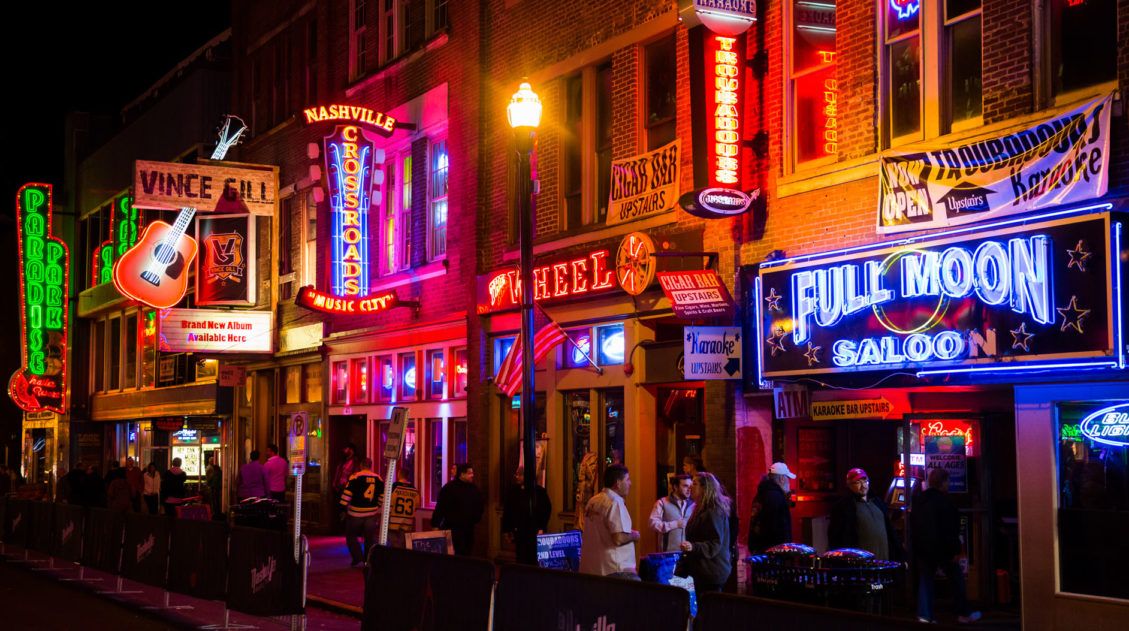


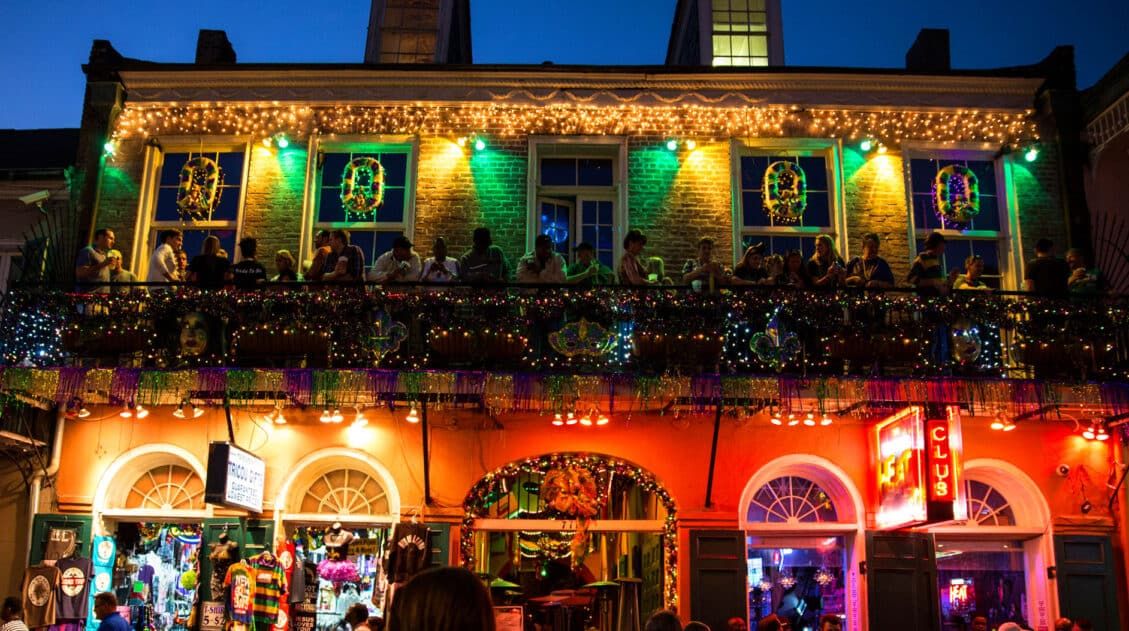
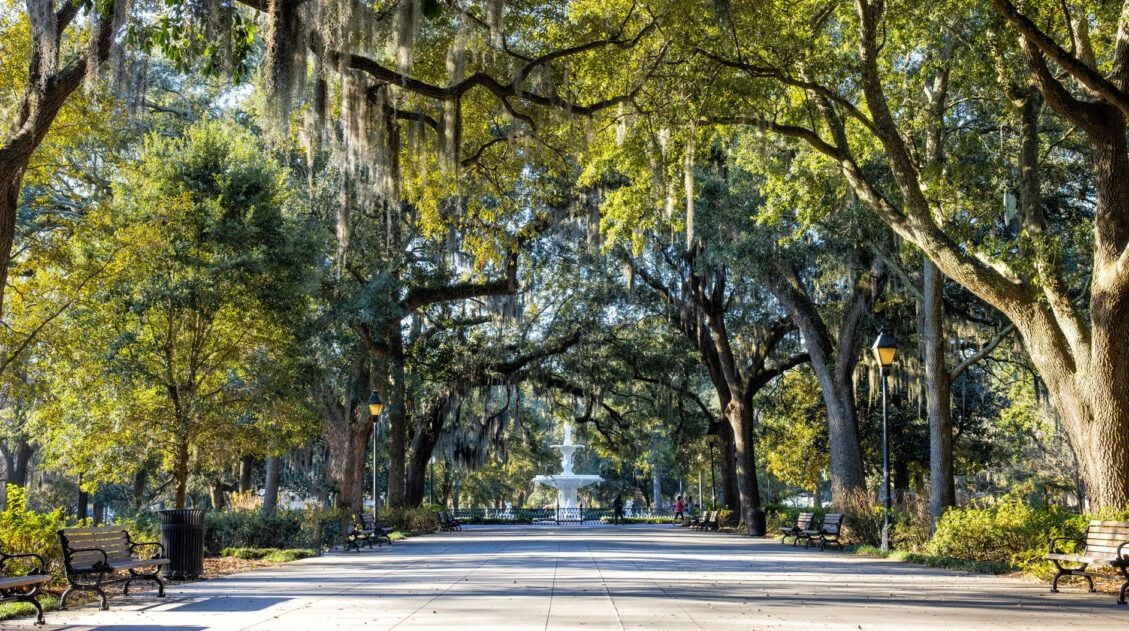
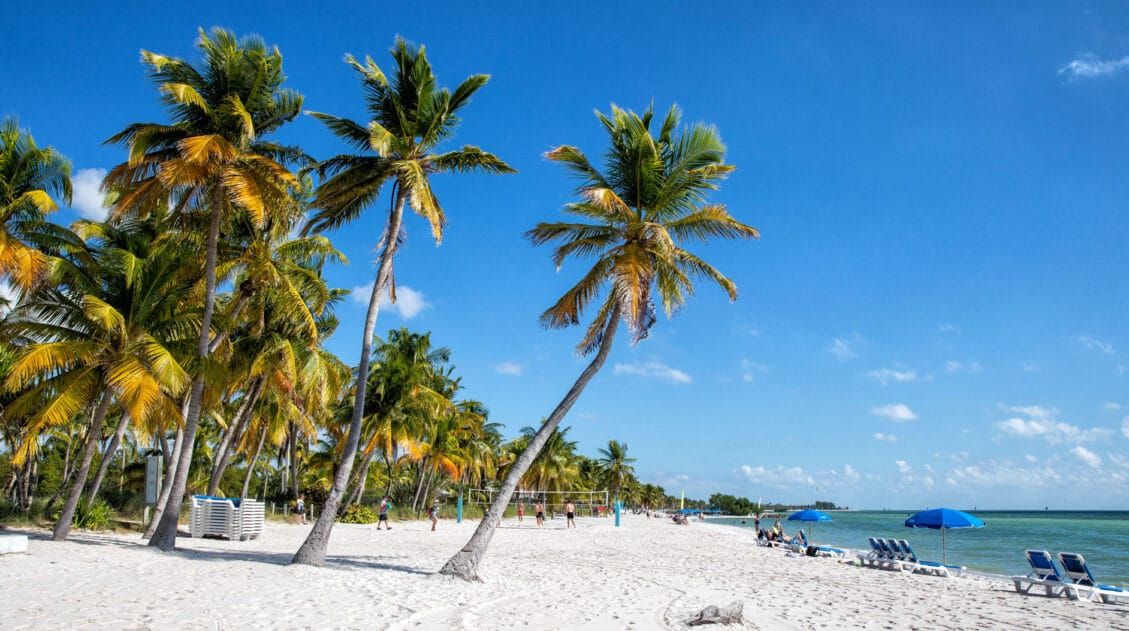
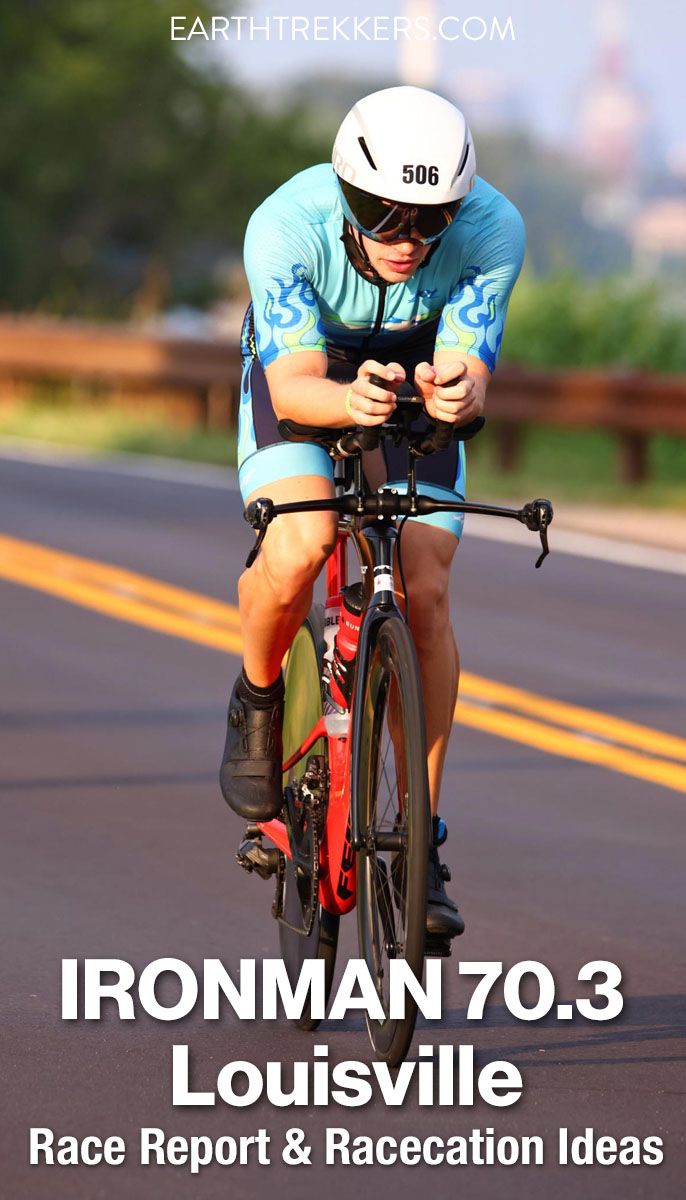
Leave a Comment